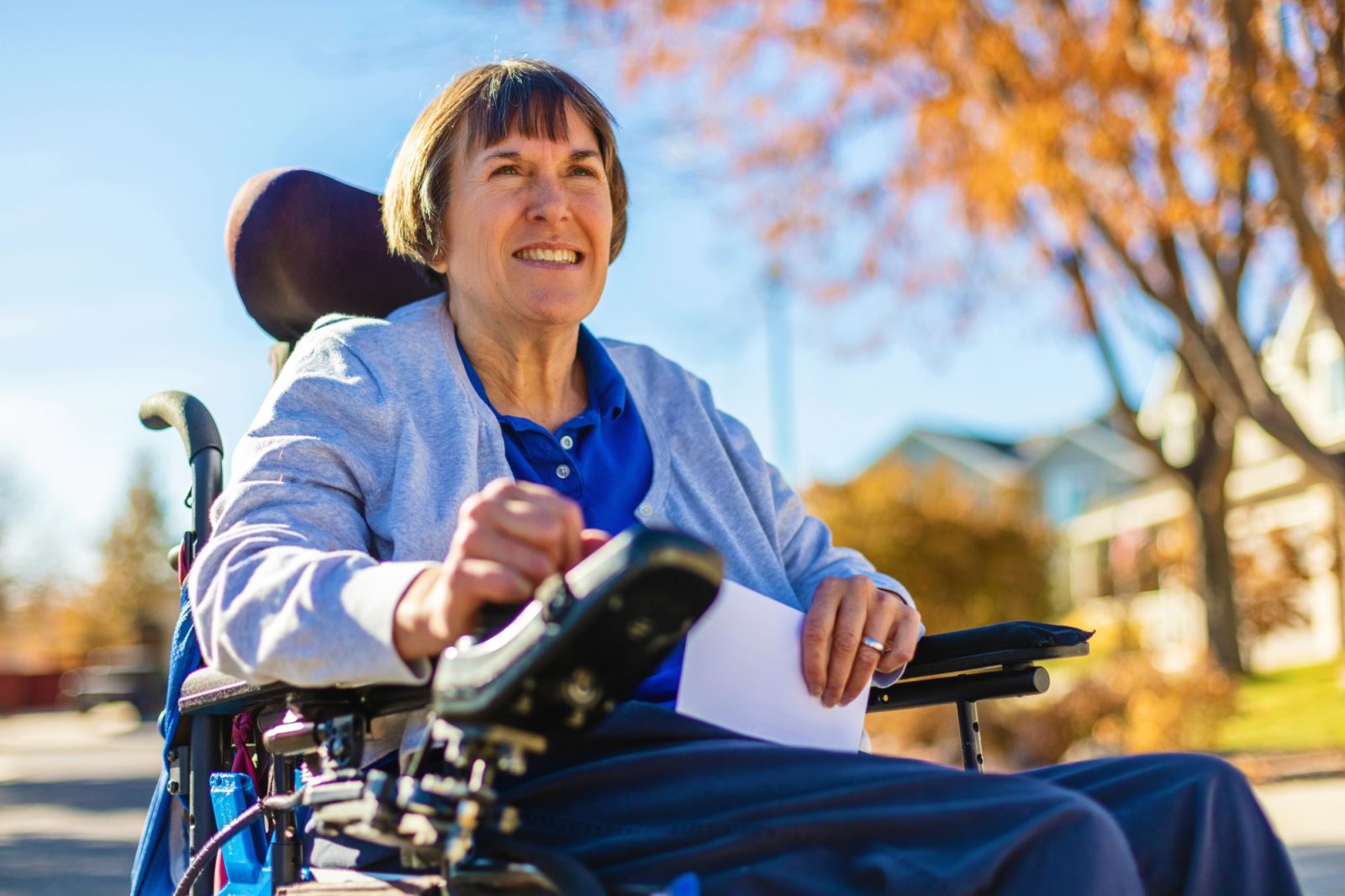Since 1992, when the United Nations gathered for its 47th annual General Assembly, December 3rd has been recognized as International Day of People with Disabilities (IDPWD).
Every year, the U.N. and partner organizations develop ideas to promote awareness for people living with disabilities and ways to generate support for creating a brighter, more accessible world for these individuals.
What’s the Goal for This Year’s International Day of People with Disabilities?
Each celebration of IDPWD is centered around a different theme, with this year’s being “Uniting in action to rescue and achieve Sustainable Development Goals for, with, and by persons with disabilities,” per the U.N.
Sustainable development goals refer to causes that better society as a whole, such as ending food insecurity, helping the impoverished, and in this case, improving access and advocacy for those with disabilities.
How Can I Help to Achieve That Goal?
Step One: Learn and Understand
To assist and advocate for people living with disabilities, you first need to understand what disabilities are and how they affect most people. By the CDC’s definition, a disability is any impairment that makes certain activities more difficult.
This can include:
- Physical Disabilities such as paraplegia
- Developmental Disabilities such as autism
- Intellectual Disabilities such as Down Syndrome
- Sensory Disabilities such as deafness or blindness
The term “disability” covers many different conditions, which is why the CDC estimates that roughly 61 million Americans (about a quarter of the population!) have a disability. It’s important to understand that disabilities can vary drastically from person to person.
Step Two: Listen and Advocate
Because no two people living with a disability face the same obstacles, it’s important to learn the preferences and complexities of each person’s case. For example, most people living with a disability have a preferred language for their situation. Some prefer person-first language (i.e., “person with a disability”), and some prefer identity-first language (i.e., “disabled person”).
Listen to the preferences of the people you know who live with disabilities and advocate for how they like to address their situation.
Another key part of advocacy is challenging harmful assumptions or stereotypes about disability. Ableism – a form of discrimination based on disability – can often be accidental. Don’t let others make blanket assumptions about what people with disabilities can and can’t do. Use the knowledge you have to advocate for the differences that vary from person to person.
Step Three: Communicate, Encourage and Accommodate
The most impactful way you can make people living with disabilities feel supported is by making them feel comfortable and appreciated. Although some tasks and scenarios are more difficult for those with disabilities, you can help mitigate these challenges by acknowledging the strengths and capabilities of the individual.
Encourage your loved one with a disability to do the things they’re capable of and offer them an environment where they’re comfortable asking for help with the things that they are not.
Be sure to accommodate without assuming. Use what you know and learn from the person to create appropriate accommodations, but don’t go above and beyond to make them feel like they’re being treated differently without their consent. Sometimes this is a tricky obstacle to navigate, but by presenting an open dialogue and creating a comfortable environment, it’s much easier to learn how a person with a disability would like to be helped.
Step Four: Bring In Support When Needed
In some cases, providing appropriate accommodation or knowing how to handle certain disabilities may be too much for you to manage independently. This is where you can reach out to other expert disability care providers, such as SYNERGY HomeCare, to step in and help address your concerns.
SYNERGY HomeCare has a comprehensive disability care program which includes an all-in-one resource for family caregivers: A Family Guide to Understanding & Supporting Adults with Disabilities. This guide can help you learn how to improve the quality of life for a loved one living with a disability, and SYNERGY HomeCare’s professional caregivers can provide you with some much-needed time to yourself while they handle all of your loved one’s needs.
To learn more about SYNERGY HomeCare’s disability care program or to inquire about how they can help you or your loved one, please call 877-432-2692.
___________
For more information on how to practice person-centered care with someone who lives with a disability, download the SYNERGY HomeCare Disability Care Guide.
SYNERGY HomeCare offers no obligation home assessments. Find a location near you or Contact us to talk to a Home Care specialist.



